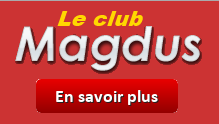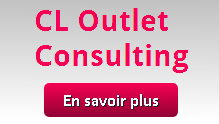The operators: specialists or generalists (1st July 2008)
|{{Operators}}|{{Number of centres}}|{{Selling area in sqm}}|
|McArthurGlen|17|367.100|
|Realm|12|167.550|
|Neinver|10|139.000|
|Value Retail|9|125.600|
|Freeport|3|113.200|
|Concepts & distribution|8|103.300|
On the 1st July 2008, these 6 operators shared :
-* 37% of the existing centres in Europe
-* 47,5% of the european sales area


